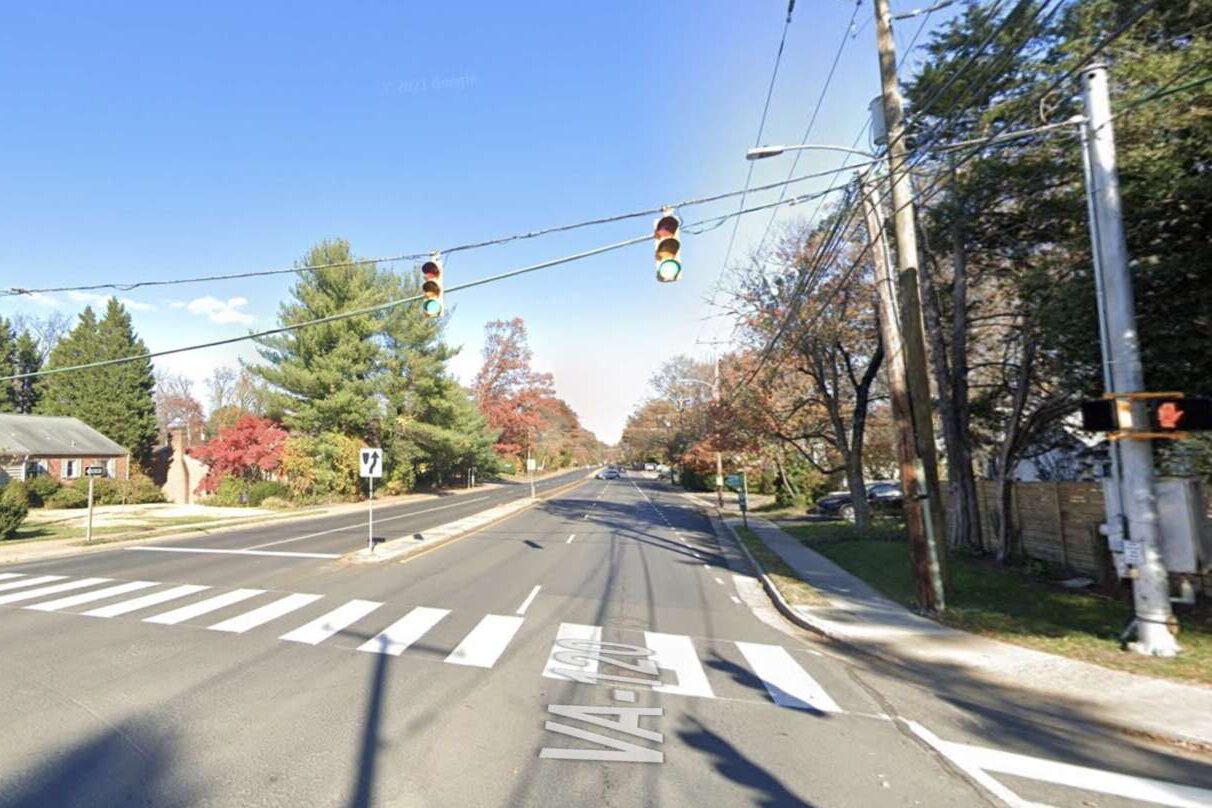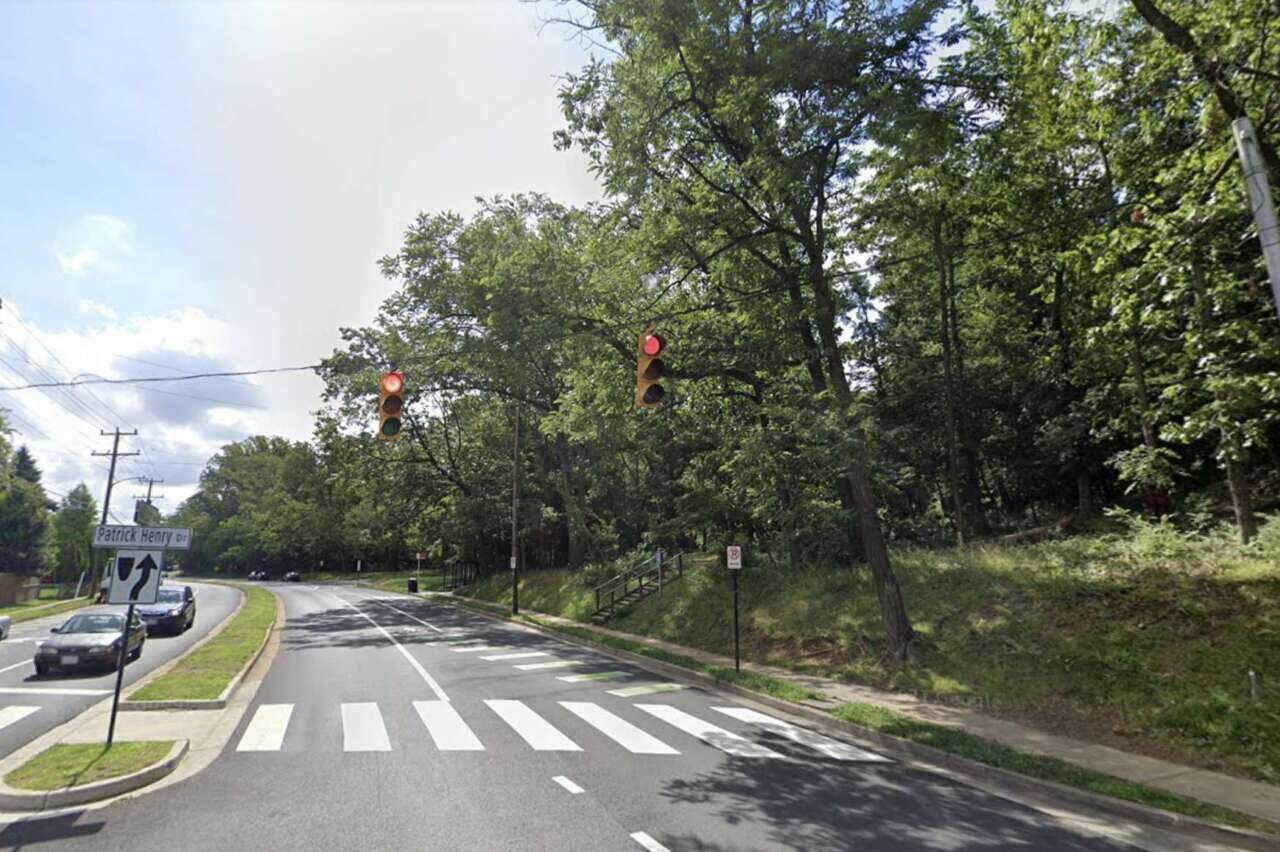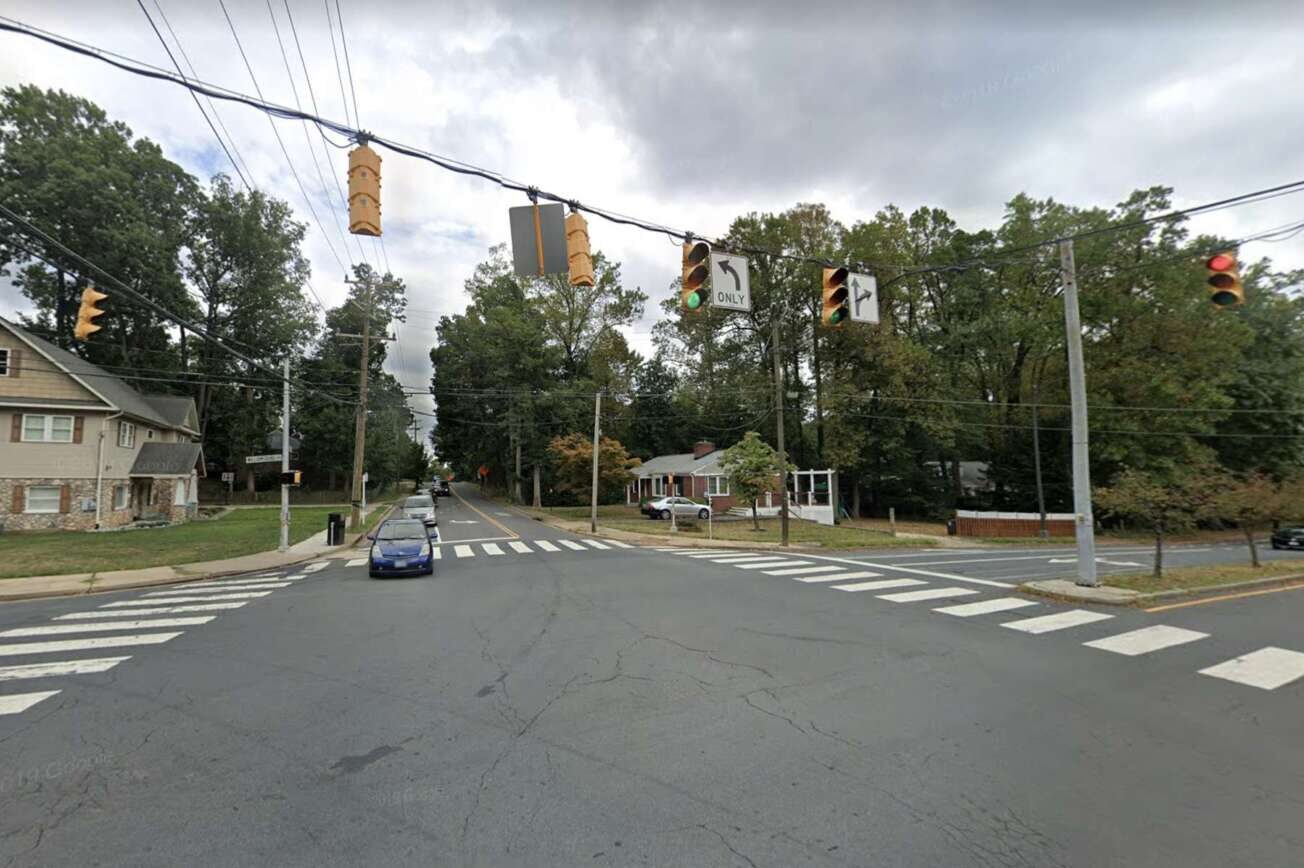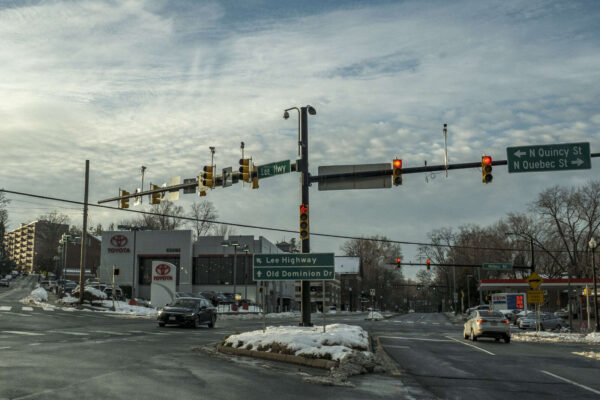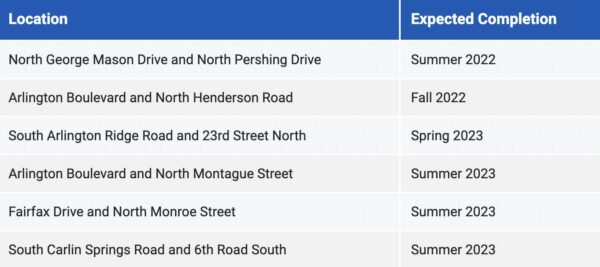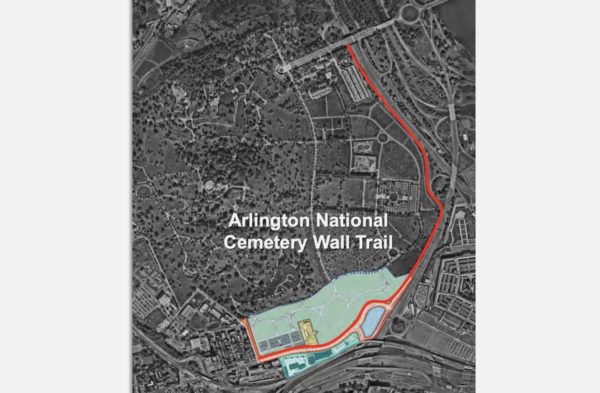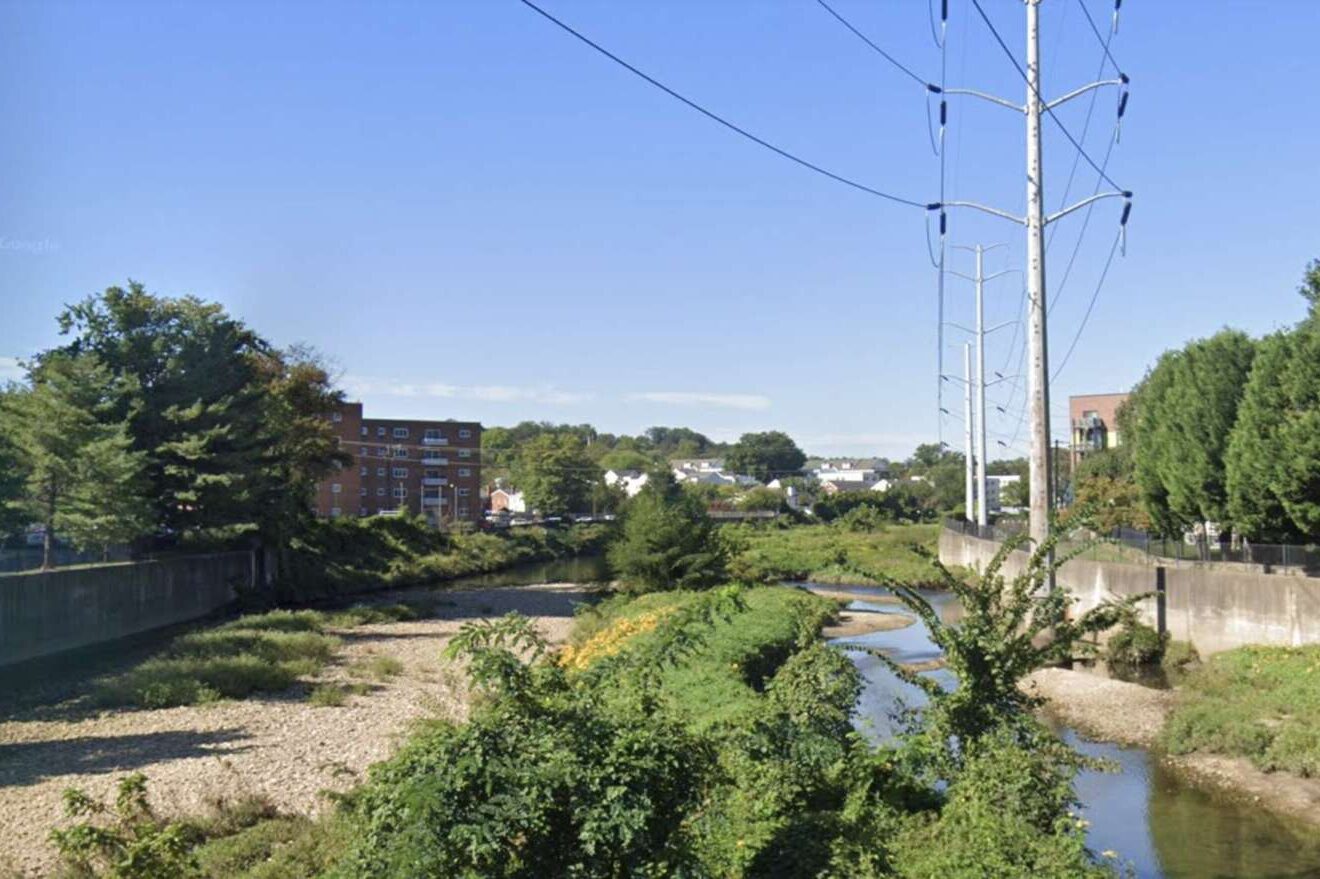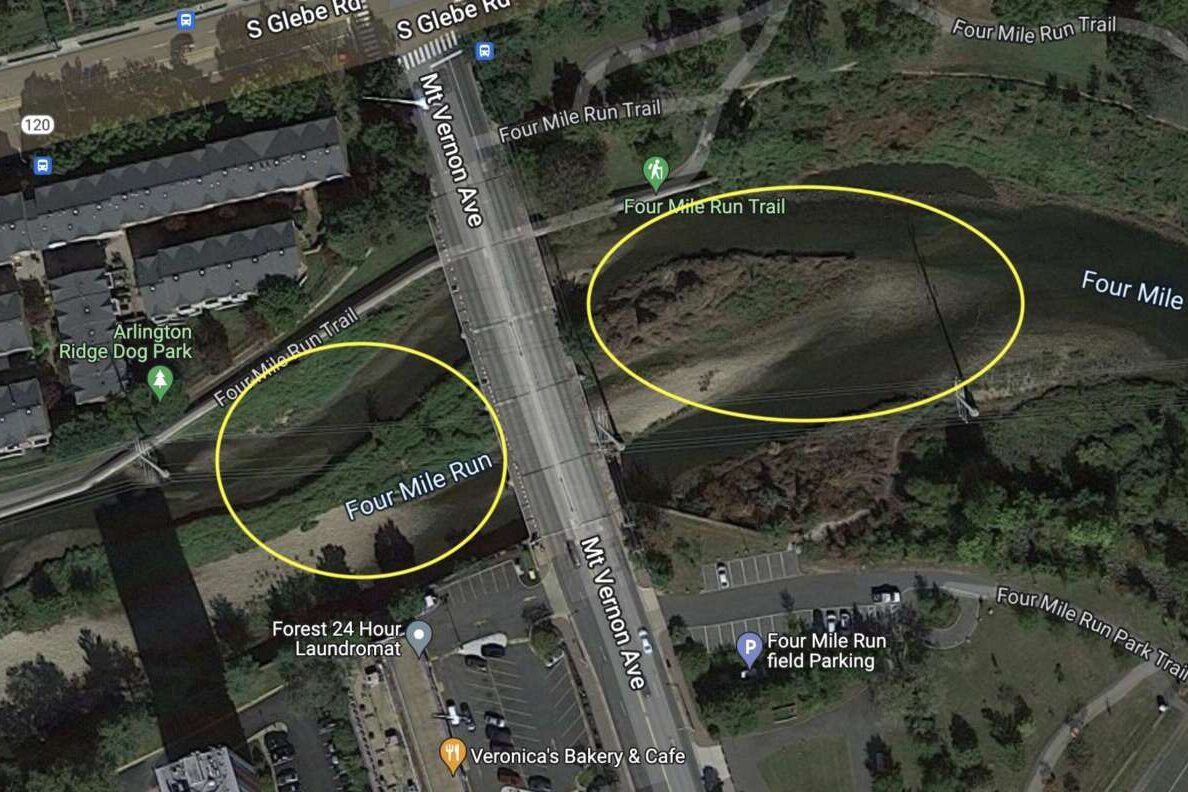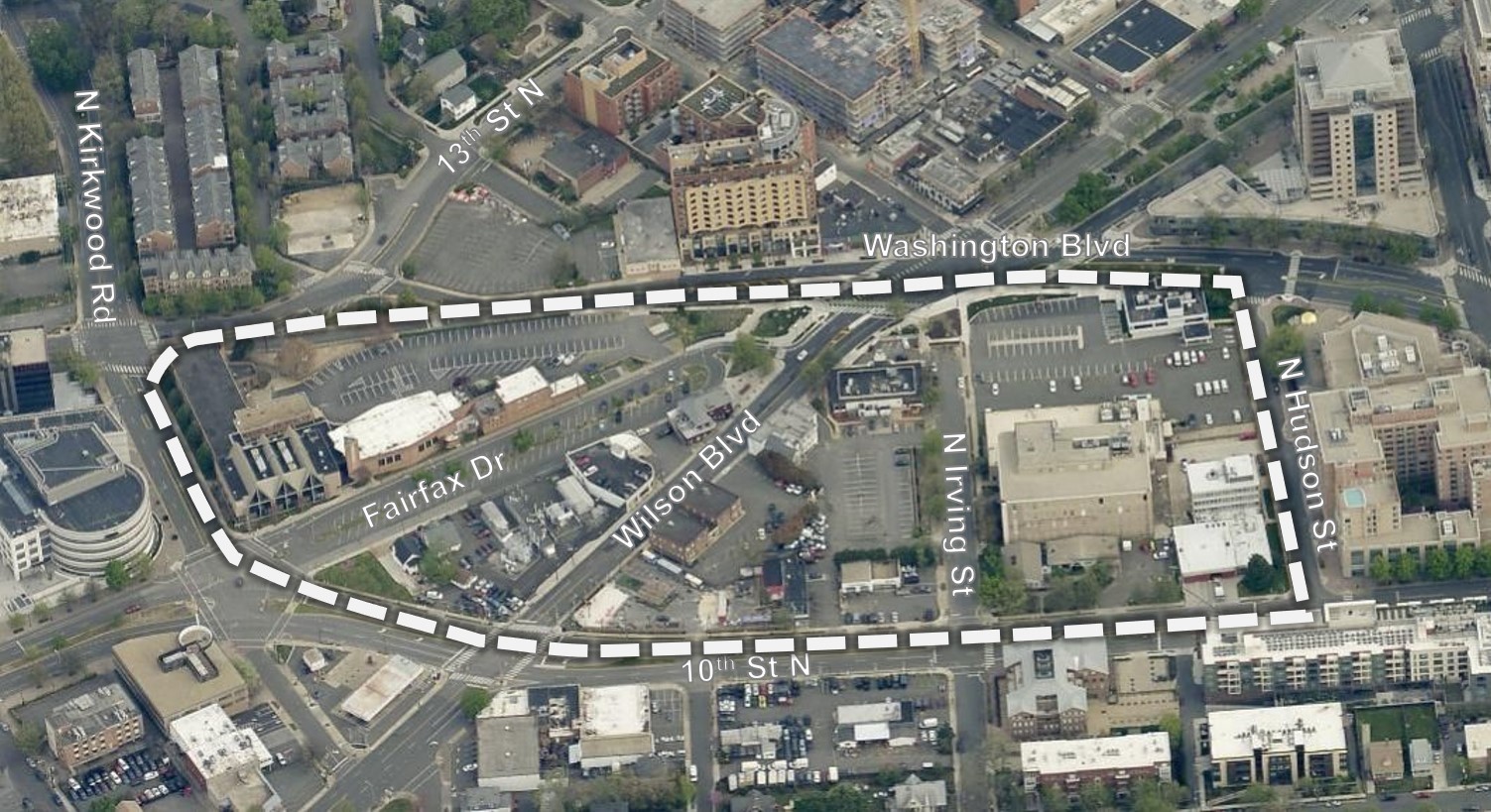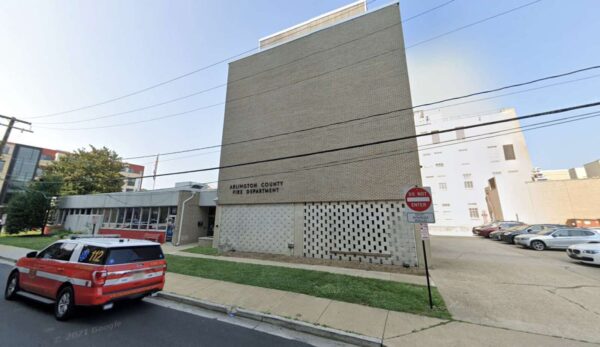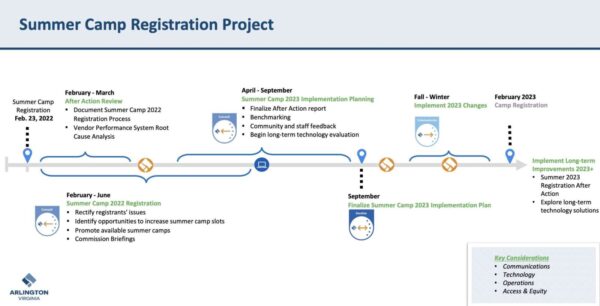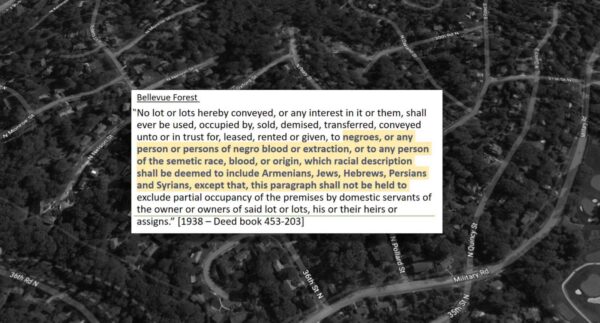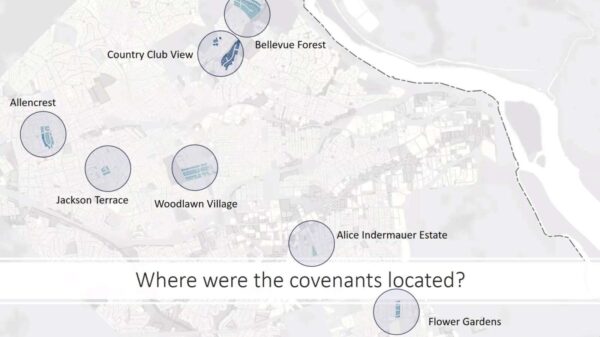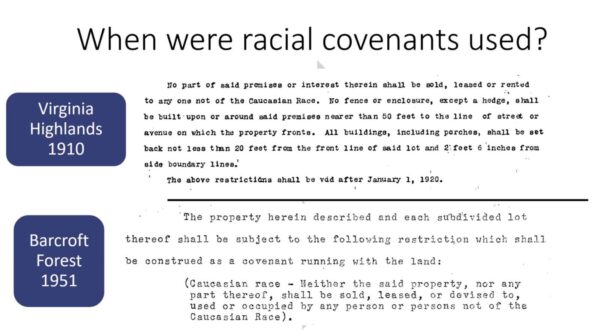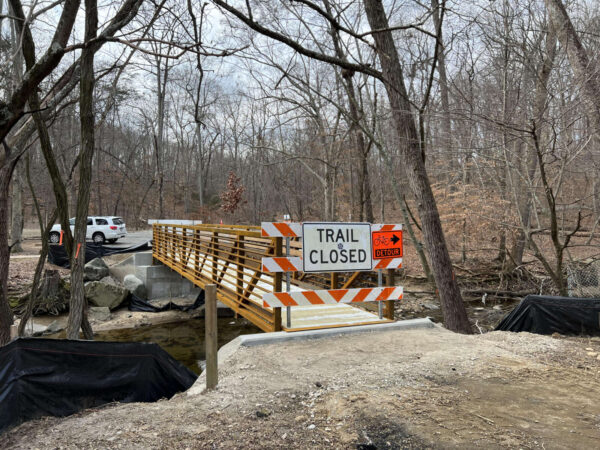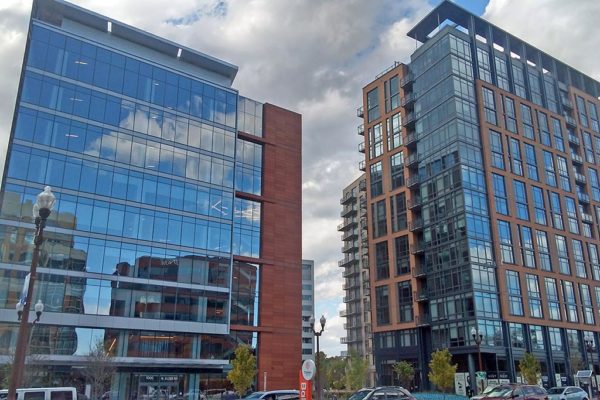
Marymount University is seeking Arlington County Board approval to convert some of its student housing in Ballston into hotel rooms permanently.
The conversions would occur at “The Rixey,” an apartment building Marymount owns and operates at 1008 N. Glebe Road as graduate student housing. Marymount intends to repurpose 133 of the 267 units into hotel rooms to give students studying hotellery practical experience.
“The addition of hotel units to the Rixey building will be used to support and enhance Marymount University’s Hospitality Innovation Master of Business Administration (MBA) program by providing students with hands-on experience in the hotel industry,” a county report said.
This request follows several other recent proposals to temporarily convert apartment units into hotels during the initial leasing of these buildings, the report said.
For example, to recuperate revenue losses from pandemic-era vacancies, Dittmar asked the Arlington County Board last summer to allow three- to 30-day stays in 75 furnished units that are typically used for longer residential stays.
Some worried these conversions would harm rental housing affordability, but the County Board ultimately approved Dittmar’s request. County planners intend to study these conversions “in the next few years” to inform a potential hotel conversion policy, according to the report.
Staff say Marymount’s proposal, however, is “distinctly different” because the conversions would be permanent, would figure into a hands-on learning program and would add hotel rooms the county needs.
“The proposed conversion would also establish a concentration of new hotel rooms to help counterbalance the loss of 1,600 hotel rooms in Arlington over the past two years and would allow Marymount University to broaden its offerings as an anchor institution in Ballston,” the report said.
Recent losses include the Americana Hotel and the Inn of Rosslyn, both of which were sold to developer JBG Smith for residential redevelopment, as well as The Highlander and the Rosslyn Holiday Inn.
Marymount purchased “The Rixey” for $95 million in 2019 after it had purchased the land underneath in order to lease it to local real estate developer The Shooshan Company, which built the apartments. Marymount also owns the Ballston Center office building next door, using some floors for office and educational space and leasing other floors.
The Board is slated to review the proposal this Saturday.


